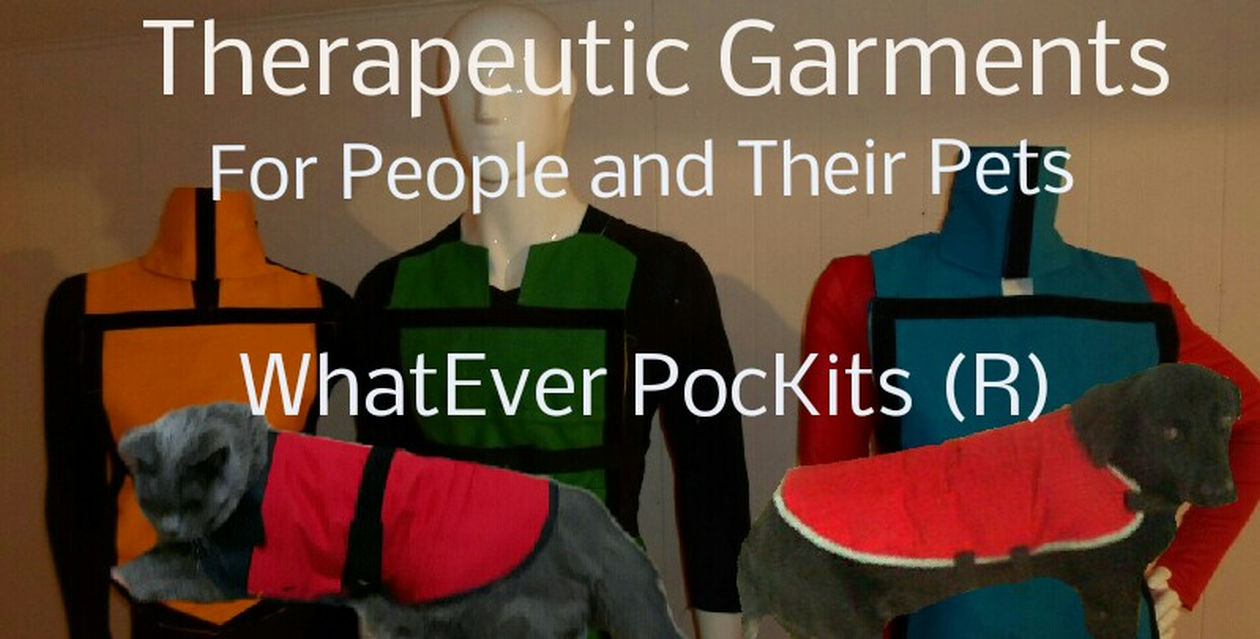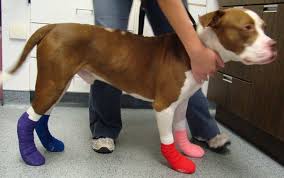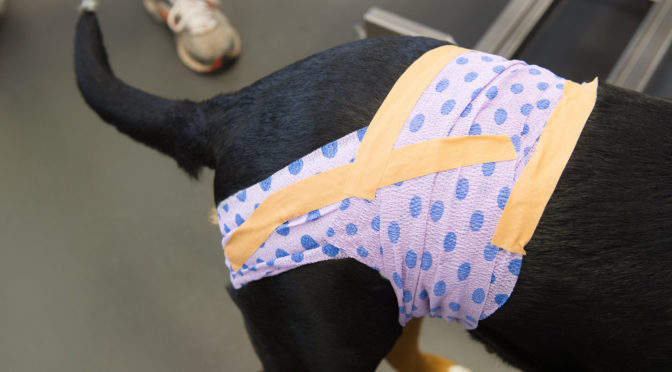BURNED DOG PAWS: Walking on extremely hot surfaces can result in severe burns to a dog’s paws.
BURNED DOG PAWS
Asphalt is particularly damaging, softening under the heat of the sun and becoming like molten lava under your dog’s feet. Stepping in hot liquids or chemicals can burn the paws, resulting in severe injury and intense pain. Burned dog paws pose a serious threat to dog owners and cause significant distress for their four-legged friends.
How to Spot Burned Paw Pads
Signs of burned dog paws include limping, abnormal gait and attempts to stop walking altogether. Dogs may lick or chew their paw pads to soothe their feet. You should check for darkening of the skin on the paws and for any damage, such as cracks and tears. Examine the paws and surrounding area for blistering, peeling and redness.
How to Treat Burned Paws
Treat burned dog paws by applying a cold compress or immersing your dog’s feet in cold water for ten minutes. Gently cleanse the area to remove impurities that may be lodged in the paw pads. Carefully pat the feet dry and apply an antibiotic ointment. Be aware that signs of increased distress or infection may indicate the need for medical attention.
Preventing Burned Paw Pads
A great way to prevent burned dog paws is to walk your dog early in the morning or in the evening after the pavement has cooled off. Walking on grassy or shaded areas poses little threat of burns to your dog’s feet, since grass tends to remain cooler throughout the day.
Before walking your dog, perform the five-second test by placing the back of your hand on the ground. If you are not able to hold your hand in place for at least five seconds, the surface is too hot for your dog to walk on. Dog booties, made specifically for walking on hot pavement, are a great way to ward off burned dog paws. Choose booties made of mesh, which enhances air circulation and keeps your pooch comfortable even in the most intense summer heat.
Conclusion
The days of summer can be a great time to venture outdoors. By following these tips and remaining alert to your pet’s distress signals, you and your four-legged friend are sure to enjoy a healthy, happy and pain-free season.
To purchase our products click here.
Jump to top














